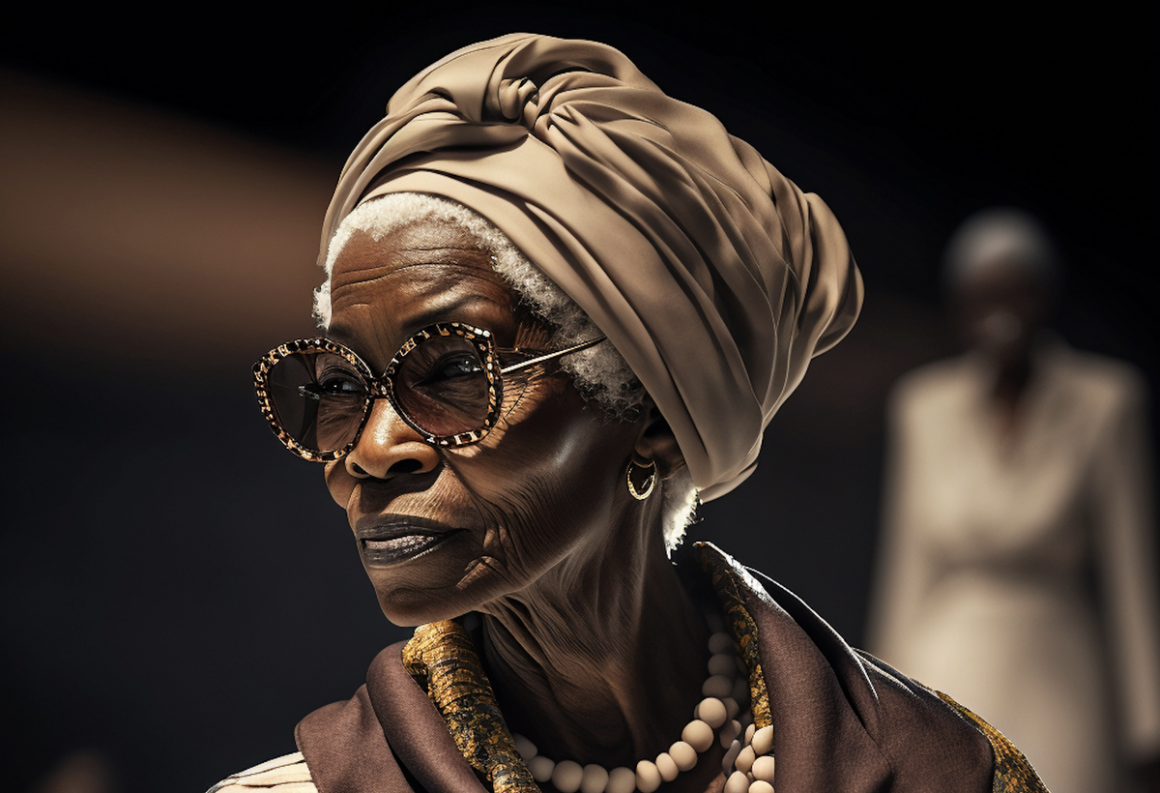Will AI Be The End of Nigerian Fashion Jobs?
Going by global trends, a new player has emerged to disrupt the status quo in the creative landscape, where art, culture, and fashion seamlessly intertwine. Artificial intelligence, often hailed as the harbinger of a technological revolution, is now making its presence known and is slowly finding its way into the Nigerian fashion and creative industries. With its ability to learn, adapt, and mimic human behaviour, AI has begun redefining the boundaries of what is possible, becoming a powerful tool that augments and enhances artistic expression, revolutionising how we approach and consume creative content.
However, as with any disruptive force, fears and opportunities lie within its realm, and one of the most pressing concerns surrounding the integration of AI in the industry is the potential job displacement it may cause. Fashion designers, stylists, and artisans have long been the lifeblood of Nigeria’s creative landscape, injecting their unique perspectives and craftsmanship into every stitch and seam. And so, the fear that AI will render their skills obsolete is a legitimate concern. However, it is crucial to understand that AI is not an adversary but rather a powerful tool that can augment and elevate the capabilities of those in the industry, and the key to navigating this new era lies in harnessing the synergy between human creativity and its computational power. AI can analyse vast amounts of data, identify patterns, and predict trends with unparalleled accuracy. By leveraging this capability, designers can gain invaluable insights into consumer preferences and emerging market trends. Armed with this knowledge, they can channel their creative prowess to create fashion-forward designs that captivate and resonate with their target audience.
One of the most exciting applications of AI is personalised fashion recommendations. Its algorithms can analyse individual style preferences, body types, and fashion trends to curate personalised consumer recommendations. Imagine a world where you receive a tailored selection of outfits perfectly aligned with your unique taste, body shape, and the latest trends. It’s a shopping experience that combines the convenience of technology with the personal touch of a skilled stylist.
AI can also be used to streamline and optimise various aspects of the creative process. From fabric selection and prototyping to supply chain management and inventory control, its powered systems can enhance efficiency, reduce costs, and minimise waste. By automating repetitive and mundane tasks, designers can focus their energy on innovation and creativity, giving rise to a wave of awe-inspiring designs that push the boundaries of artistic expression.
But what about the artisans and craftsmen who fear that their artistry will be overshadowed by it? At this point, it’s important to acknowledge that there are certain aspects of the creative process that AI cannot replicate. The human touch, the emotional connection, and the cultural heritage woven into each creation cannot be replaced by lines of code. The intricate handiwork, the attention to detail, and the ability to infuse a garment with a story are all elements that set human craftsmanship apart.
To thrive in this AI-driven era, artisans must adapt and evolve. Instead of perceiving AI as a threat, they can embrace it as a partner in their creative journey. By leveraging its vast repertoire of techniques and tools, artisans can augment their skills and unlock new possibilities. Imagine a master weaver collaborating with an AI system to create fabrics that blend traditional techniques with cutting-edge materials. The result? A harmonious fusion of heritage and innovation, a testament to the power of human ingenuity combined with AI’s computational prowess.
The opportunities are endless. By embracing AI as a collaborative partner, designers and artisans can unlock new realms of creativity, efficiency, and personalisation. The symbiotic relationship between human intuition and AI’s analytical prowess has the potential to reshape the industry, inspiring breathtaking designs that capture the essence of Nigerian artistry while embracing the possibilities of the digital age.
So, let us not fear the rise of the machines but instead harness their power to create a future where technology and creativity coexist harmoniously, propelling the Nigerian fashion and creative industries to new and unprecedented heights. The stage is set, the spotlight awaits, and the world is watching as the dance between man and machine commences, captivating and inspiring in equal measure.









